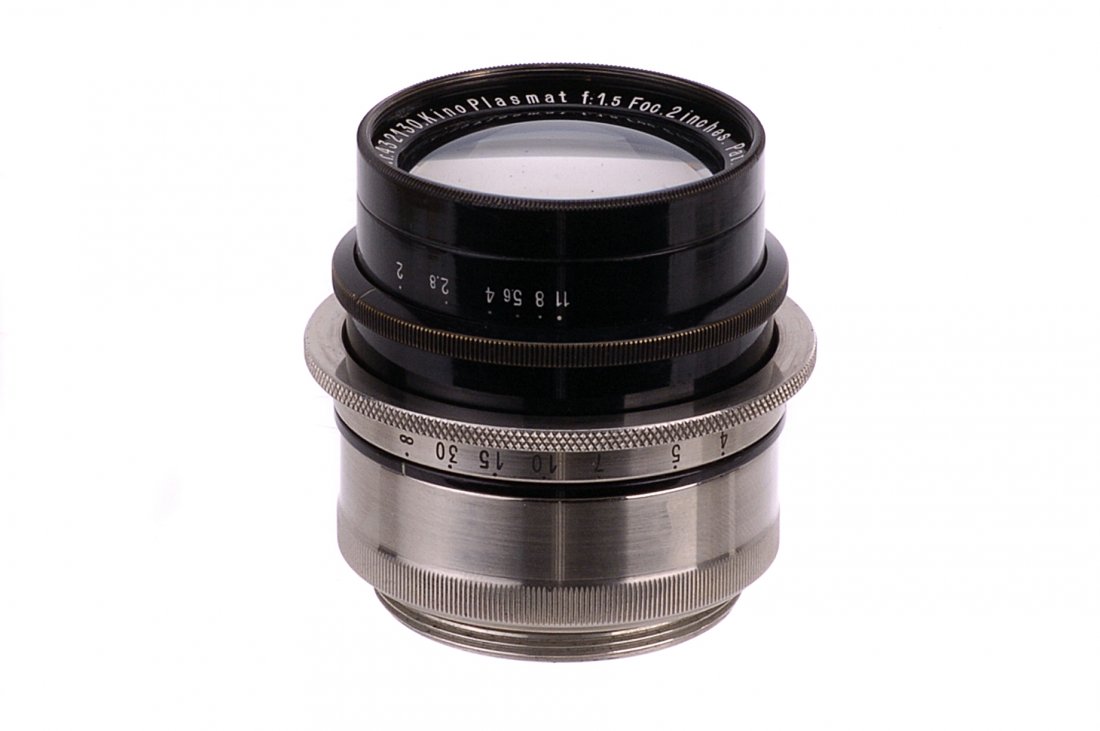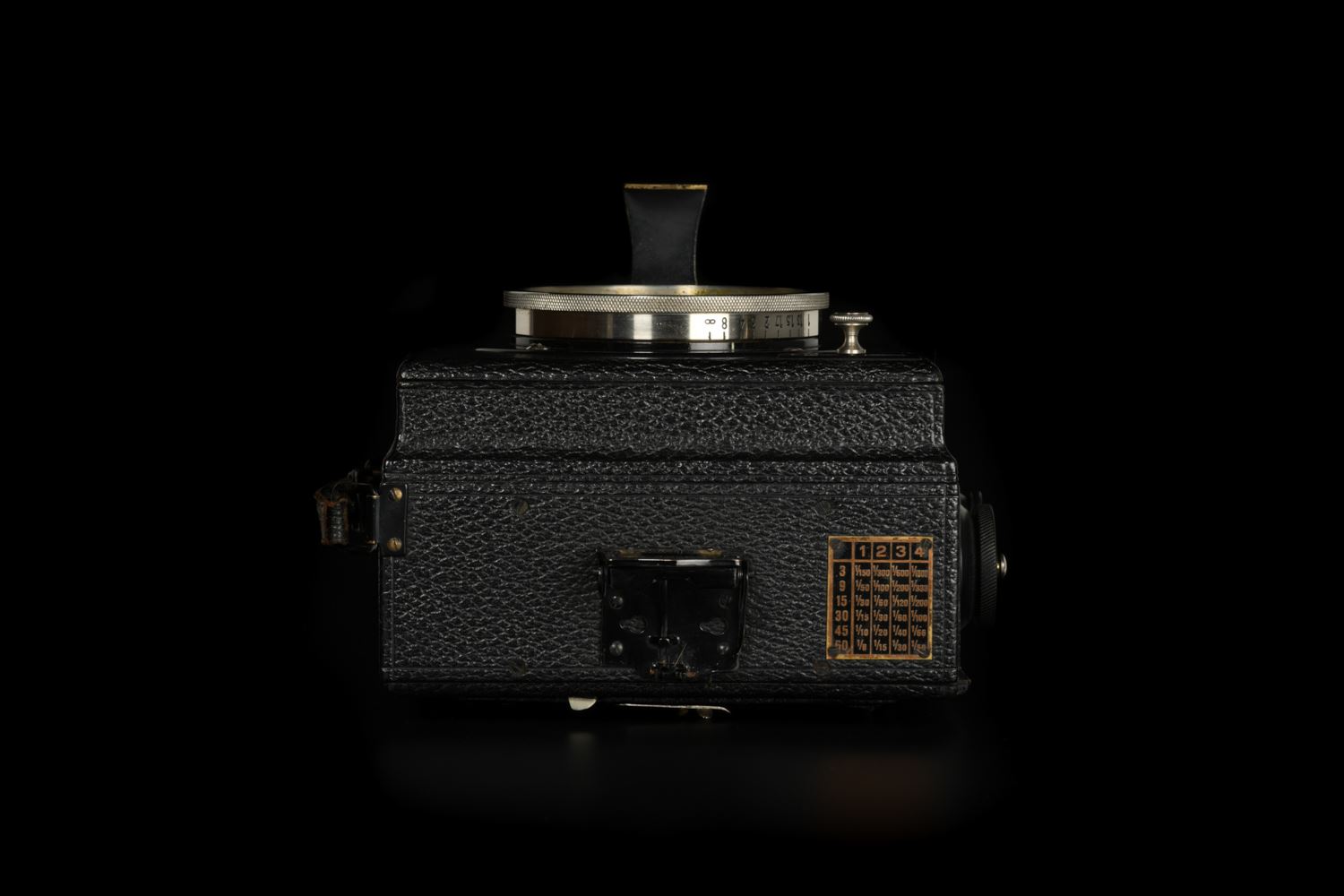

The second letter, "R", is a year code that indicates the year of manufacture. Prior to 1986, this letter is moved to the last position of the date code. The first letter, "U", indicates that the lens was made in Canon's Utsunomiya, Japan factory. This code was also used on some other Canon products including camera bodies. CRG is a world-wide leading company in karting.As can be seen the date code is in the form of "UR0902". Its history is filled with sportive and commercial success featuring countless victories obtained on the circuits all. Meyer was a German optical company, founded by Hugo Meyer (born, died ) in Grlitz. Choral, opera, ballet, orchestral, chamber, piano, strings, concert and brass band music repertoire. Paul Rudolph, the inventor of Zeiss' Tessar and Protar, developed Meyer's Double Plasmat which was derived from Meyer's symmetrical Euryplan lens. In the 1920s he developed fast variants, the Kino-Plasmat f/2 and the. 4: German WW-II Heerswaffenamt inspector's mark on arms reworked by D.W.M.Ĭode: Explanation: 2: German WW-II Heerswaffenamt inspectors mark for the Kreighoff P-08. With Rebecca Night, Alison Steadman, Hugo Speer, Emma Stansfield. Orphaned by smallpox, young Lancashire country lady Fanny Hill cheerfully accepts her friend Esther. The following is a description of two very interesting P.08 style German manufacture commercial holsters. The first example could be considered the more standard. 781992 Kino Plasmat 1:1.5 f=12.5mm Manufactured in? Construction: 4 group 6 element (Kino.

Hugo meyer lens serial numbers serial numbers#
HUGO MEYER SERIAL NUMBERS TRIALĪ Multicenter Trial of Remote Ischemic Preconditioning for Heart Surgery. Patrick Meybohm, M.D., Berthold Bein, M.D., Oana Brosteanu, Ph.D., Jochen. Background Rate control is often the therapy of choice for atrial fibrillation. Guidelines recommend strict rate control, but this is not based on clinical evidence. Date: Time: 2:23 PM Sixty years ago today, thirty-six B-26's of the 397th Bomb Group took off in the snow to bomb the Eller Railroad bridge.Cine Lens Gallery 'Cマウント作例集'でご紹介してきたシネレンズの画像を掲載しています。. The first version of the Pentacon 50mm f1.8 is named Meyer Oreston 50mm f1.8 without any indication of relating itself to the VEB Pentacon company. While “Meyer” is the name of the lens manufacturer Hugo Meyer, “Oreston” is a 6 elements/4 groups trademark lens design like the “Tessar” and the “Sonnar” from Carl Zeiss. More about Meyer I have always had a taste for Meyer lenses, from the early ones to the last ones made by the company. Before it was taken over by KW in 1964 to form Pentacon, Meyer bought out Curt Bentzin, famous for its Primarflex cameras which inspired the Hasselblad. Globica, also of Gorlitz, appeared to have remained independent. After the sale of Pentacon to the Schneider group, for a brief period lenses for the B-series Prakticas were marked Meyer again which brought me a smile indeed. However, in the 1991 PMA show in Las Vegas, Hugo Meyer reappeared and exhibited the Globica II camera, but afterwards nothing more was heard from it perhaps it just faded out somehow whoever was behind the Meyer revival obviously did not follow through. Will, your f/4 270mm Double Plasmat was advertised as a 'universal anastigmat' by Meyer, for portraits, sports and children photography etc. Wide open it covers 16x21cm, stopped down 27x36cm. This translates into a coverage of 52° wide open and 80° stopped down.

Meyer claims that the cells can be used on their own behind the shutter, the single cell (each one) is a 440mm f/8. I would certainly stop down when using it that way.

The price in Germany (in the 1930's) was 400 Reichsmark for this lens. Click to expand.acroell, Thanks for filling in the gap of the story of Hugo Meyer's demise. Sad that the Meyer story was one of opportunities lost back in the early 1980s, for my own amusement, I was toying with the thought of, what if Meyer pulls all the plug out and does what it can? I came up with the idea that it could revise and reissue some of the grand lenses of the past, mounted for 35mm SLR cameras, with all the trimmings like barrels with an updated classic look, facsimile of Paul Rudolph's signature etc. The exchange rate would be quite advantageous and should be quite attractive too.


 0 kommentar(er)
0 kommentar(er)
